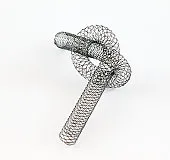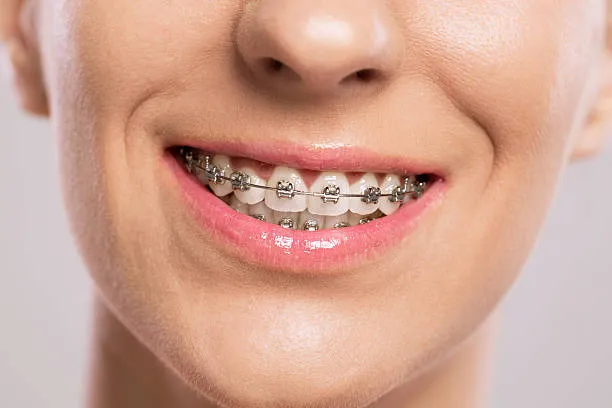NITINOL
is a metal alloy made of Nickel and Titanium. It is the most common amongst the class of metals called Shape Memory Alloys (SMA) or Smart metals.
Nickel-Titanium Alloy
Nitinol exhibits majorly two beneficial properties:
Shape Memory Effect (SME)
The SME is the deformation of the metal at a particular temperature and reforming back to the initial shape at a higher temperature usually known as the Transformation temperature.Superelasticity (SE)
The nitinol alloy is able to display superelasticity with the ability to stretch 10 to 30 times it's original length.
How does the shape memory alloy works?
Nitinols transit between two solid crystalline states called austenite and martensite.
At low temperatures, they take the form of martensite also known as the daughter phase, a complicated monoclinic crystal structure which is relatively soft, plastic, and easy to shape.
At a (very specific) higher temperature, they assume a simple cubic atomic structure referred to as austenite or the parent phase, which is a harder material and much more difficult to deform as it will immediately return to its previous shape.
Let's say you have a shape-memory wire and you can bend it into new shapes relatively easily. At this point, it is martensite, easy to deform and no matter how you bend the wire, it stays in its new shape; much like any ordinary wire, it seems to be undergoing a very ordinary plastic deformation.
On heating this new shape a little above its transformation temperature, it will change into austenite, with the heat energy you supply rearranging the atoms inside and turning the wire back into its original shape. And on cooling it down, it will revert back to martensite, still in its original shape.
If the material is above its transition temperature the whole time i.e. when it's an austenite, you can deform it but it will spring back to shape as soon as you release the force you're applying.
Nitinol has been found to be very useful industrially at different sectors.
- Nitinol is used in orthopaedic implants such as catheters and superelastic needles. It is also applicable in sutures and stents.

Brackets and wires for making braces for the teeth in Orthodontics requires nitinol.
Intelligent reinforced concrete (IRC) which incorporate Ni-Ti wires (embedded within the concrete) are used in building and construction works.
Nitinols are also used in making mechanical watch springs.
A temperature control system makes use of nitinol as a temperature sensor. As it changes shape depending on temperature, it is used to activate a switch or a variable resistor to control the temperature.
References:
https://todaysmachiningworld.com/magazine/how-it-works-developing-a-good-memorynitinol-shape-memory-alloy/
https://www.memry.com/intro-to-nitinol
https://www.azom.com/amp/article.aspx?ArticleID=11852
http://www.chemistrylearner.com/nitinol.html
https://en.m.wikipedia.org/wiki/Nickel_titanium
Image@freeimages.com